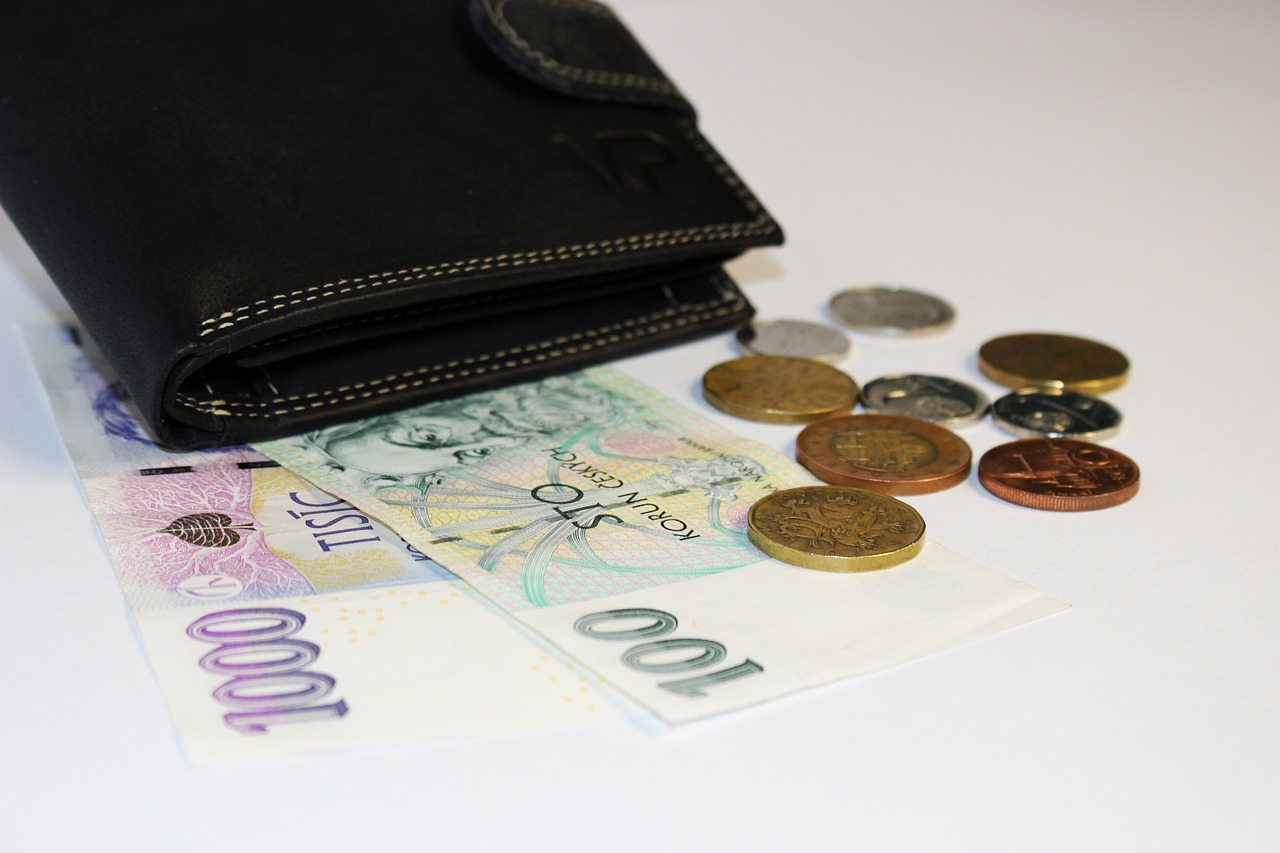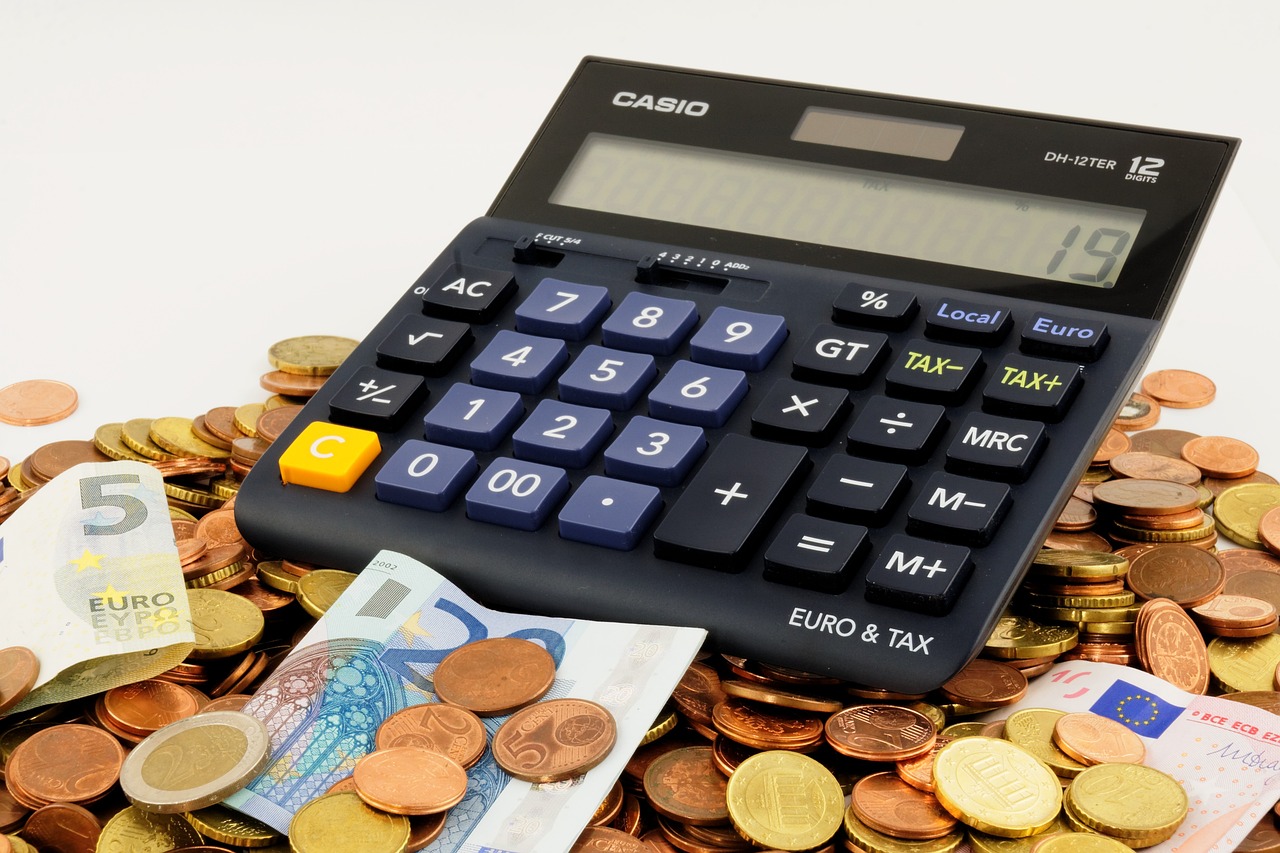Uncovering the Financial Landscape of Spain: 5 Things to Know About Credit Cards, Cash, and ATMs While Traveling (10-14)
GPT_Global - 2024-02-05 15:30:06.0 833
Are there any restrictions on using credit cards in certain areas of Spain?
When it comes to using credit cards in Spain, there are a few restrictions that you should be aware of. While credit cards are widely accepted and convenient for making purchases, there are certain areas where you may encounter difficulties in using them.
Some smaller shops and restaurants may not accept credit cards, especially in rural areas or off-the-beaten-path destinations. It is always a good idea to have some cash on hand, just in case.
Additionally, some establishments may have a minimum purchase amount in order to use a credit card. This is typically around 10 euros, so be prepared to make larger purchases or use cash for smaller ones.
If you plan on traveling to small towns or villages, it is important to note that credit card usage may be limited. In these areas, it is best to have cash on hand as many businesses may not accept credit cards at all.
It is also worth noting that certain areas of Spain, such as the Basque Country, may have a preference for using local debit cards over international credit cards. If you are planning to visit these regions, it may be helpful to have both types of cards on hand.
In general, credit cards are widely accepted in most major cities and tourist destinations in Spain. However, if you plan on venturing off the beaten path, it is important to have some cash on hand and be prepared for potential restrictions on credit card usage. By being aware of these restrictions, you can ensure a smooth and hassle-free experience when using your credit card in Spain.

What is the most commonly used form of payment in Spain?
When it comes to paying for goods and services in Spain, the most commonly used form of payment is cash. This may come as a surprise in our increasingly digital and cashless society, but cash is still king in Spain.
Cash is widely accepted in most businesses, from small local shops and markets to larger retailers and restaurants. It is also common to pay for rent, utilities, and other bills with cash. Many Spanish citizens prefer to use cash because it allows them to have a better control over their spending and to avoid accruing debt.
However, credit and debit cards are also widely used in Spain, especially in larger cities and tourist areas. Visa and Mastercard are the most commonly accepted cards, followed by American Express and Diners Club.
In recent years, mobile payments have also become more popular in Spain. Numerous banks and technology companies offer mobile payment apps that allow users to make transactions with their phones. These options are especially popular among younger generations and tech-savvy individuals.
Another important form of payment in Spain is bank transfers. This is widely used for larger transactions, such as paying rent or purchasing a car. Bank transfers can also be made online, providing a convenient and secure option for many people.
In conclusion, while cash is the most commonly used form of payment in Spain, credit and debit cards, mobile payments, and bank transfers are also widely accepted and used. As a remittance business, it is important to understand these different payment methods and offer a variety of options to your customers to meet their needs.
Are there any places in Spain that do not accept cash?
In today's modern world, cashless transactions have become increasingly common. This trend has not only been adopted by individuals, but also by businesses across various industries. However, there are still some places in Spain that do not accept cash as a payment method. For individuals who need to send money to these locations, remittance businesses provide a convenient solution.
One of the main reasons why some places in Spain do not accept cash is due to safety concerns. Cash transactions carry a higher risk of theft and fraud, making it a less secure option for businesses. As a result, many establishments such as restaurants, bars, and retailers have implemented card-only payment policies. This also allows for a more efficient and streamlined process, reducing the need for cash handling and counting.
Another factor contributing to the decline of cash acceptance in Spain is the growing popularity of digital payment methods. With the rise of mobile wallets and online banking, many consumers no longer carry large amounts of cash with them. This shift towards digital payments has made it easier for businesses to transition to cashless operations.
For individuals who need to send money to places in Spain that do not accept cash, remittance businesses offer a simple and reliable solution. These businesses specialize in international money transfers, providing a secure and efficient way to send funds to loved ones or make payments to businesses. With options such as bank transfers and online transactions, sending money to cashless places in Spain has never been easier.
In conclusion, while cash is still widely accepted in Spain, the trend towards a cashless society is evident in certain places within the country. For individuals who need to send money to these locations, remittance businesses offer a convenient and safe alternative. As technology continues to advance, it is likely that cashless transactions will become even more prevalent, making remittance services an essential resource for sending money to places that do not accept cash.
What are some examples of Spanish coins and their values?
Sending money to loved ones in other countries can be a daunting task, especially when it comes to figuring out the currency and its value. In Spain, like many other countries, the currency is the Euro, but before the adoption of the Euro, Spanish coins were a common form of currency. Let's take a closer look at some examples of Spanish coins and their values, to help you better understand when sending remittance to Spain.
The Peseta was the official currency used in Spain until 2002 when the Euro was introduced. It was divided into 100 centimos, and there were coins ranging from 5 centimos to 500 pesetas. The 5 centimos coin was worth 0.03 Euros, while the 500 pesetas coin was equivalent to 3 Euros.
The Real was another commonly used coin in Spain, which was in circulation until the 1800s. It was worth one-eighth of the Peseta, and there were coins starting from 1 real to 8 real. A 1 real coin had a value of 0.006 Euros, while an 8 real coin was worth 0.048 Euros.
The Escudo was also a popular Spanish coin in the late 1800s, and it was divided into 100 centavos. Coins ranged from 10 centavos to 20 escudos, with a 10 centavos coin worth 0.06 Euros, and a 20 escudos coin valued at 0.12 Euros.
In modern times, the only Spanish coins in circulation are the Euro coins, which range from 1 cent to 2 Euros. These coins have the same value as any other Euro coin, regardless of the country they were minted in.
So, when sending remittance to Spain, it's essential to be aware of the different coins and their values. Knowing the value of these coins can ensure that your loved ones receive the correct amount of money without any confusion. Plus, being knowledgeable about the currency in Spain can also help you save money on exchange rates and fees.
Is there a limit to the amount of money you can withdraw from an ATM in Spain?
When traveling to Spain, many people may wonder if there is a limit to the amount of money they can withdraw from an ATM. As a popular tourist destination, it is important to know the regulations and restrictions when it comes to using ATMs in Spain.
Firstly, it is important to note that each bank may have different limits for withdrawals at their ATMs. These limits can vary from 300-600 euros per transaction. It is always best to check with your bank or credit card company before traveling to Spain to see what their specific limits are.
In addition to bank-specific limits, there is also a daily limit set by the Spanish government for all ATMs. This limit is currently set at 600 euros per day for foreign cards and 1,000 euros per day for Spanish cards. However, this limit may be subject to change so it is always best to double check before your trip.
If you need to withdraw more than the daily limit, you may be able to make multiple transactions or you can visit the bank in person to withdraw larger amounts. Some banks also offer the option to increase your daily limit temporarily for an additional fee.
Finally, keep in mind that ATM fees may apply when using foreign cards in Spain. These fees can vary depending on your bank and may include international transaction fees as well as fees from the local bank. To avoid excessive fees, it is recommended to withdraw larger amounts less frequently rather than smaller amounts more frequently.
In conclusion, while there are limits to ATM withdrawals in Spain, they can vary depending on the bank and government regulations. It is important to check with your bank before traveling and to plan accordingly to avoid fees. With this knowledge, you can enjoy your trip to Spain without any worries about accessing your funds.
About Panda Remit
Panda Remit is committed to providing global users with more convenient, safe, reliable, and affordable online cross-border remittance services。
International remittance services from more than 30 countries/regions around the world are now available: including Japan, Hong Kong, Europe, the United States, Australia, and other markets, and are recognized and trusted by millions of users around the world.
Visit Panda Remit Official Website or Download PandaRemit App, to learn more about remittance info.



